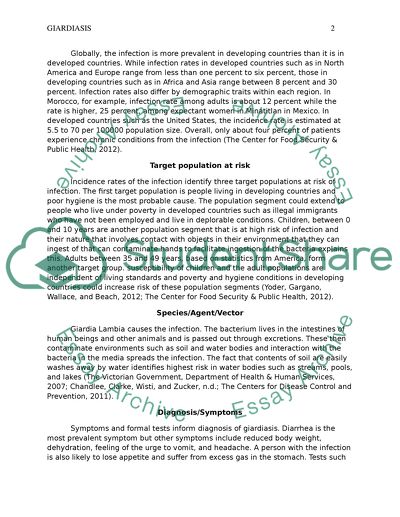Cite this document
(“Giardiasis Research Paper Example | Topics and Well Written Essays - 1000 words”, n.d.)
Giardiasis Research Paper Example | Topics and Well Written Essays - 1000 words. Retrieved from https://studentshare.org/health-sciences-medicine/1688292-giardiasis
Giardiasis Research Paper Example | Topics and Well Written Essays - 1000 words. Retrieved from https://studentshare.org/health-sciences-medicine/1688292-giardiasis
(Giardiasis Research Paper Example | Topics and Well Written Essays - 1000 Words)
Giardiasis Research Paper Example | Topics and Well Written Essays - 1000 Words. https://studentshare.org/health-sciences-medicine/1688292-giardiasis.
Giardiasis Research Paper Example | Topics and Well Written Essays - 1000 Words. https://studentshare.org/health-sciences-medicine/1688292-giardiasis.
“Giardiasis Research Paper Example | Topics and Well Written Essays - 1000 Words”, n.d. https://studentshare.org/health-sciences-medicine/1688292-giardiasis.


